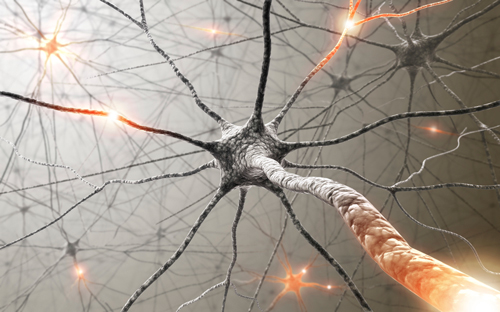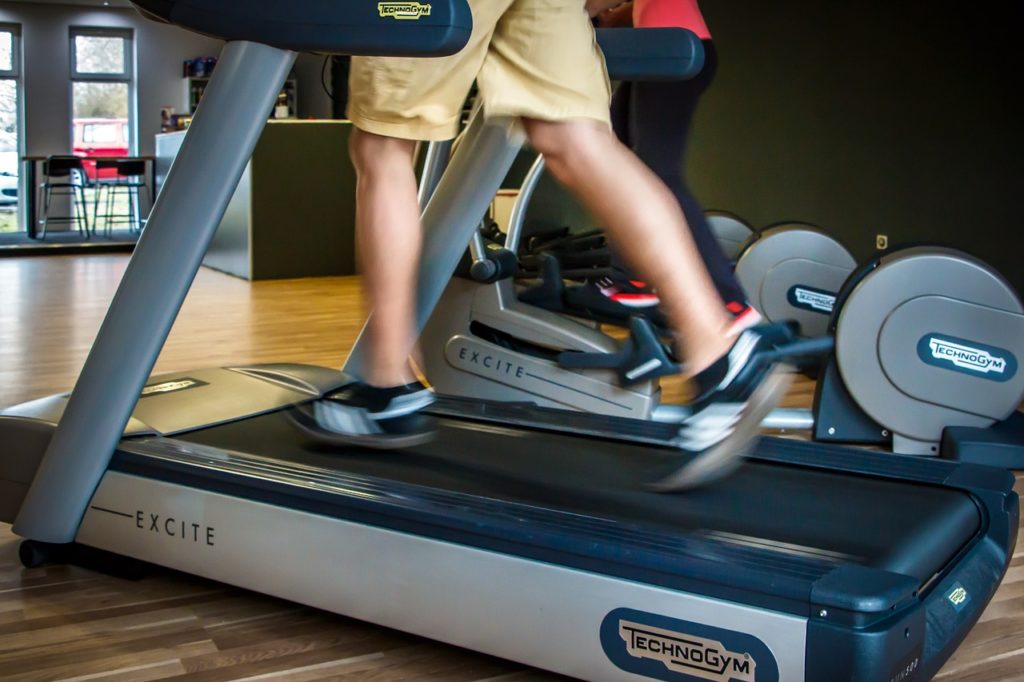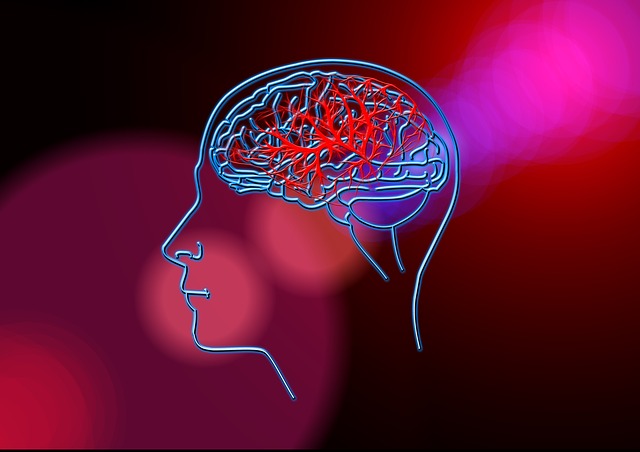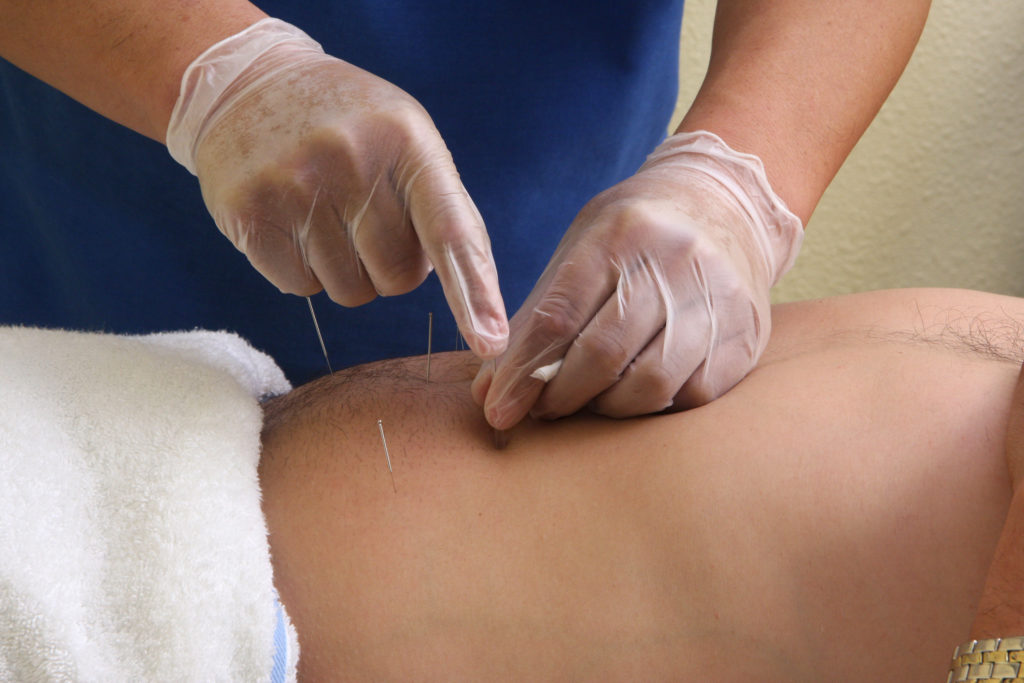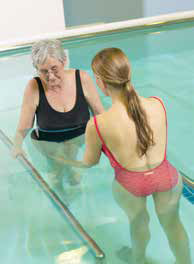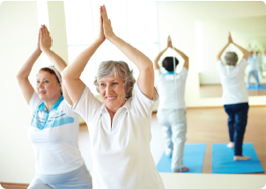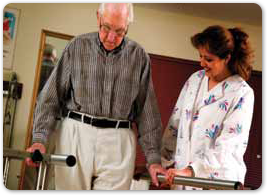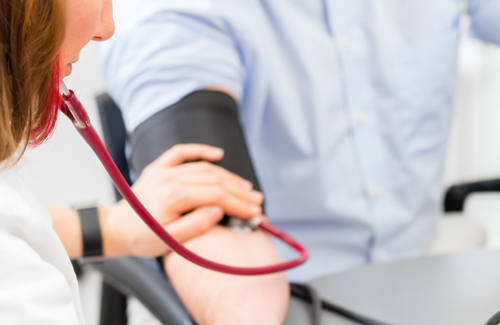From Our Blog
Health and Wellness – Neurological
How Much Sleep Do I Actually Need?
We all know that nutrition and exercise are important for maintaining a healthy lifestyle, but sleep is often overlooked. As kids get ready to go back to school and our daily schedules get more demanding, how much sleep do we actually need to stay healthy? According to research, it depends on your age. The National […]
Managing Parkinson’s Disease Symptoms
Parkinson’s disease is a progressive, incurable disorder caused by the degeneration of dopamine-producing cells in the part of the brain that affects movement, muscle control and balance. Most often appearing after age 60, symptoms include tremors, slow movement, difficulty initiating and continuing movement and postural instability. Parkinson’s disease treatment aims to maintain the individual’s quality […]
MS Sufferers Can Improve Quality of Life
Multiple sclerosis (MS) affects the brain and spinal cord. Symptoms, such as muscle weakness and fatigue, often make sufferers struggle to move around. Further limitations in daily movement and difficulty functioning at work can result as symptoms progress. Several studies, however, have suggested that engaging in exercise such as strength training can significantly improve MS […]
Stroke: Every Second Counts
Strokes, or cerebral vascular accidents, exist in varying degrees of severity, depending upon which part of the brain is affected, how much of the brain is affected and the level of exercise the person performs. Other factors that affect stroke severity include advanced age, high blood pressure, diabetes, smoking, minimal variety in the types of […]
What Is a Trapped Nerve?
By creating a pathway from the brain to the limbs, nerves make muscles move and allow skin to feel sensations, including pain, temperature and pressure. A blocked, or “trapped,” pathway can impede the nerves’ normal processes, resulting in pain or reduced mobility. Nerves get trapped for a number of reasons, each of which creates its […]
Treadmill Rehabilitation After Stroke
The treadmill used by a person after experiencing a stroke is not your average gym model. It is specially designed to help the rehabilitation process, walking in particular. In locomotor treadmill training, a harness secures the patient and helps support some of his or her body weight. As the patient gains strength and the skills […]
Recognizing and Treating a “Mini-stroke”
No permanent damage results from a transient ischemic attack (TIA), sometimes called a mini-stroke. It is caused by a short-term blockage of a blood vessel supplying blood and oxygen to the brain. Although its effects—which can include trouble speaking, dizziness, blurred vision and weakness on one side of the body, among other signs—last less than […]
Vestibular Rehabilitation
Improve dizziness symptoms and balance problems. Therapy for vestibular disorders can take many forms. The type of exercise utilized depends upon the unique problems that the individual demonstrates during the evaluation. Some exercises are geared toward helping with balance, some with helping the brain resolve differences in the inner ear signals, and some with improving […]
Trigger Point Dry Needling
Dry needling is a technique physical therapists can use to treat myofascial pain. The technique uses a “dry” needle, one without medication or injection, inserted through the skin into areas of the muscle, known as trigger points. It helps to reduce pain, improve flexibility, and restore normalized movement when combined with corrective exercises. In addition, […]
Using Physical Therapy to Treat Multiple Sclerosis
Multiple sclerosis (MS)—a chronic, often progressive neurological disease caused by the loss of myelin, the protective material that sheaths nerves—has no known cure, but stabilizing and improving a wide variety of movements through physical therapy can help control MS symptoms and enhance quality of life. In fact, it is important to consult us as soon […]
Rewiring the Brain After a Stroke
If you or a loved one has suffered a stroke, the road to recovery can be long. While the brain injury suffered by stroke patients cannot be reversed, recent strides in understanding the brain have helped us make great progress in restoring function so that many patients can live as independently as possible with a […]
Rearming After a Stroke
Constraint-induced movement therapy (CIMT) treats people who have had a stroke or sustained injuries that lead to limitations in the mobility of one of their arms. The unaffected arm is constrained in a sling, forcing the use of the affected arm repetitively and intensively for two to three weeks. The American Stroke Association has said […]
Relief from the Symptoms of Multiple Sclerosis
Multiple sclerosis (MS) is a chronic, disabling disease in which the body’s immune system attacks the brain and spinal cord. Symptoms and severity vary from person to person, but common symptoms include numbness and tingling in the face, body and extremities; balance, coordination and gait problems; spasticity, in which muscles involuntarily stiffen, tighten or spasm; […]
Parkinson’s Disease and Physical Therapy
Recently, experts have been paying more attention to how physical therapy can help those with Parkinson’s disease. This degenerative neurological disease is usually treated with medication, but new studies suggest that certain types of therapeutic exercise can make significant improvements in the daily lives of those living with Parkinson’s disease. A 2012 study published in […]
Relieve Neuropathic Pain Through Physical Therapy
Affecting up to four million people in the United States, chronic neuropathic pain is a type of pain relating to the nerves. It is more difficult to diagnose and treat than other kinds of chronic pain and comes about when there is damage or dysfunction to the nerves, spinal cord or brain. This damage could […]
Blood Pressure Medicine + Exercise = Recovery from Stroke
About every 45 seconds, someone in the United States has a stroke, making it the leading cause of long-term disability. Survivors are often left with physical deficits and fear of suffering another stroke. As a stroke survivor, you can do two things to reduce the risk of a second stroke: control your blood pressure with […]
Subscribe to Monthly Health & Wellness Tips



